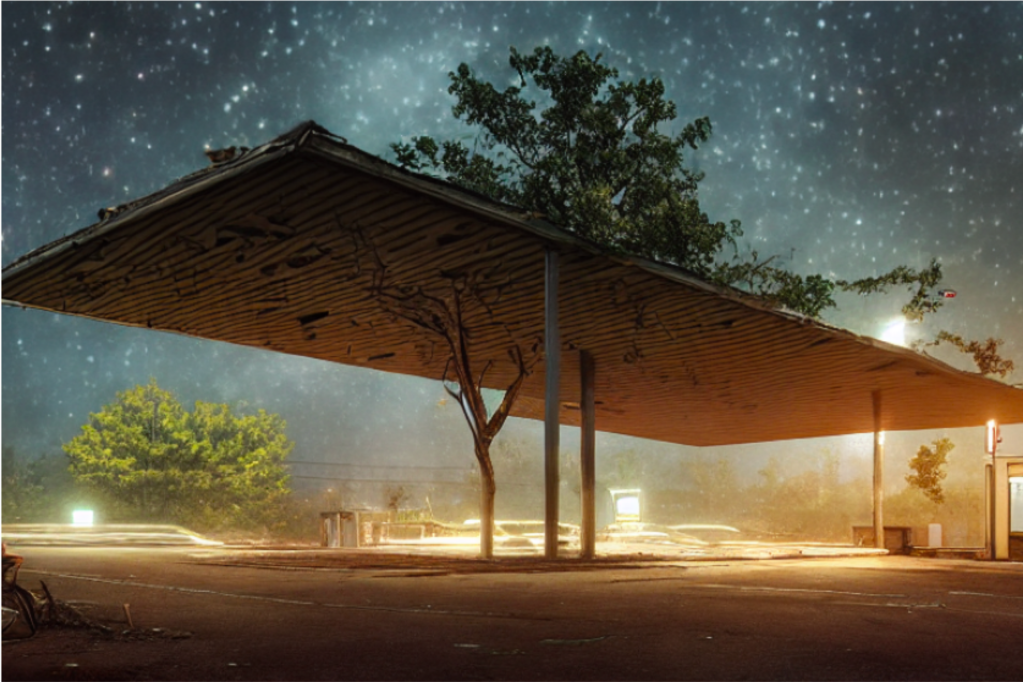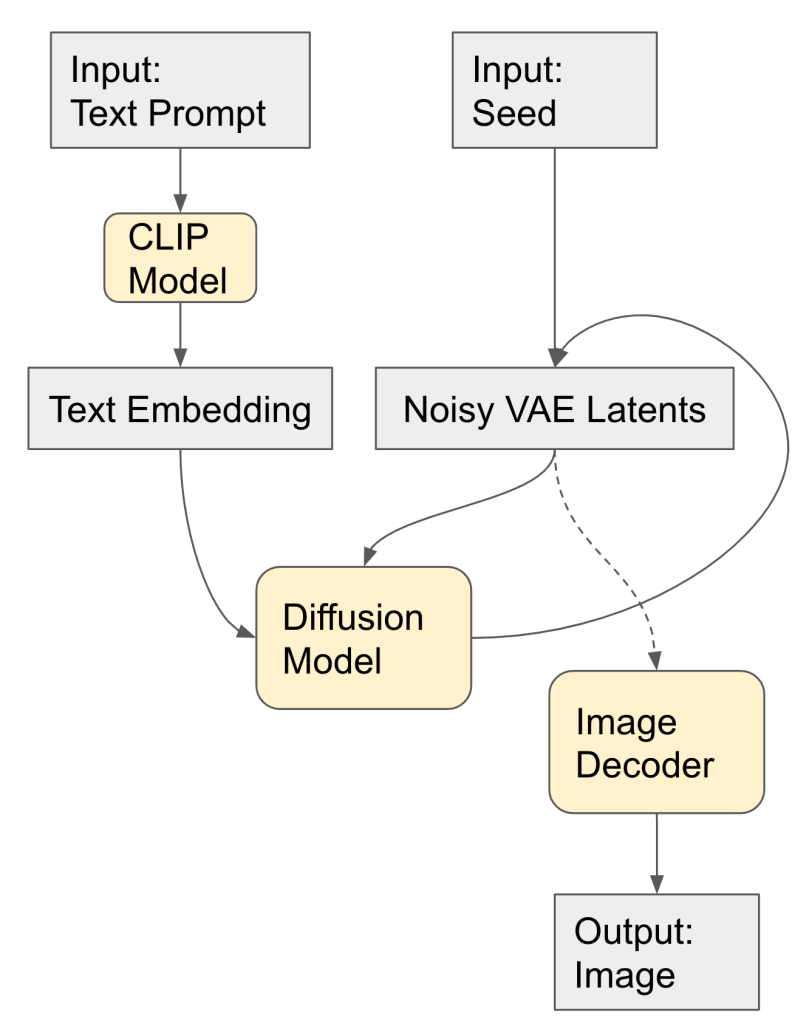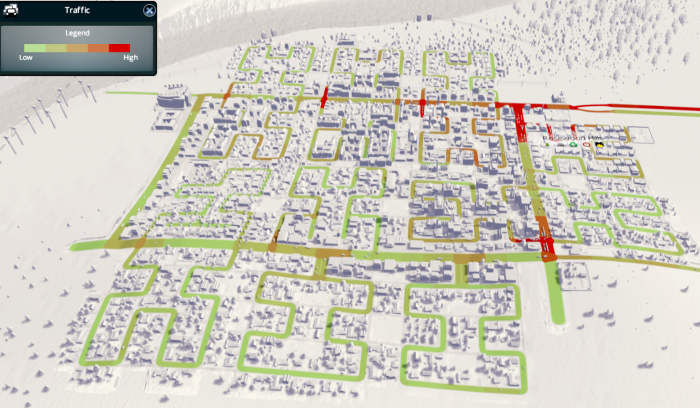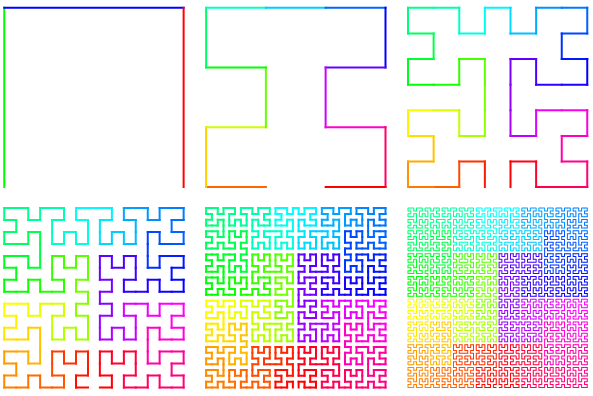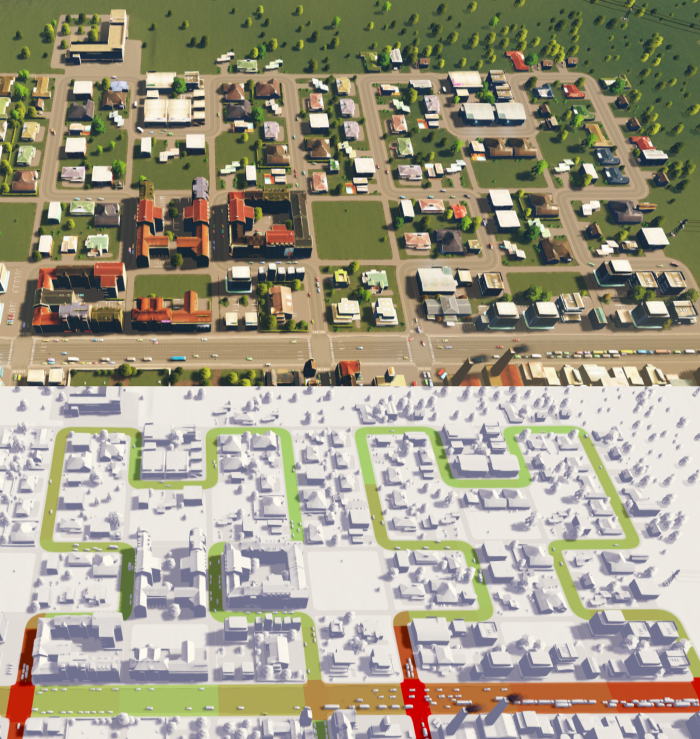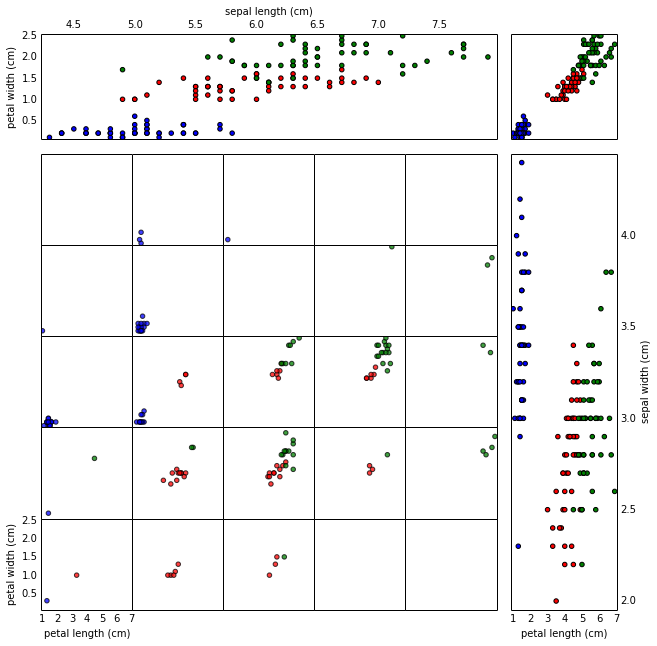My favorite games convention has been going through some growing pains over the last couple of weeks. It’s a tabletop roleplaying game convention, which presents an interesting resource allocation problem: You have some big number of participants N, and a collection of games and events, each of which can take some number of participants ranging from 3 to 50.
To date, the convention uses a First-Come-First-Served (FCFS) strategy for allocating players to games. Signups open at a specific time, and everyone hits refresh on the website feverishly, trying to get into a few very high-popularity games, and then branching out to other interesting-looking games once the super-popular games are filled.
The FCFS strategy has a couple big problems: Most visibly, the servers have a tendency to melt down when everyone shows up in the first minute after signups open, clicking around looking for their favorite game which hasn’t filled up in the first milliseconds. Less visibly, folks who can’t be available during the moment sign-ups open may miss out on many of their preferred games.
So FCFS gives us both a technical problem (a fixed deadline causing computer meltdowns), and a fairness problem. The same problem occurs pretty much anytime someone tries to solve a resource-allocation problem online with FCFS. (Notably, it’s impossible to get a camp site in California without either writing a bot or paying a third-party who wrote a bot.)
A Better World is Possible
To fix both problems, we need to a) give people a way to express their preferences asynchronously, and b) design an allocation algorithm to assign people to games given their preferences.
Here’s a proposal for how to do it.
First, we allow people to submit their ranked preferences anytime before a fixed deadline. This gives everyone plenty of time to peruse the available games, move things around in their preference list, etc.
The allocation algorithm: Once the deadline passes, we look at all of the ranked preferences and pair people with games. One way to do this is to randomly order everyone, and then go through the list and sign people up for their top-ranked game which isn’t already full. Then go through the list again, assigning people to their top choices which aren’t already full, or conflicting with things they are already signed up for. Repeat as many times as you like. This allocation algorithm is pretty trivial to write, and should run in at most a few seconds.
After the initial allocation is run, one can let things settle for a while, and then run the allocation again after giving people time to adjust preferences. And finally, open FCFS signups to help fill any remaining slots with little friction.
This is fair, in the sense that everyone has the same chance to be at the top of the random list, and furthermore everyone gets their top-available choice before anyone gets assigned to a second game.
This also removes most of the pressure on the server: People submit their preferences at random times before the deadline. You will still get some ‘crunch’ near the deadline, but likely nothing like what is seen with FCFS. And if the deadline needs to be extended, it’s no problem – at worst, people have a bit more time to submit their preferences before the allocation algorithm is run, which isn’t a problem at all. The allocation algorithm works the same whenever you get around to running it.
I think the hardest part of this proposal is likely the UX for collecting people’s ranked preferences and letting them re-order them. I imagine each game description page having a ‘heart’ button. Then each user has can go to a page where they can order the ‘heart’ed games, probably with the game title, date+time, game host, and perhaps a small user-editable notes field (if we’re feeling fancy).
A Small Amount of Further Analysis
The proposed method mixes a lottery with ranked-choice voting.
Lotteries are a well-loved method for fairly distributing scarce resources: Let everyone who is interested sign up, and then distribute the resources randomly. Weighted lotteries have been proposed for situations where uniform-randomness isn’t desired. One could use weightings to give certain preferred groups a higher chance of getting an early allocation (First time attendees? Registered game masters?), though I expect it’s more trouble than it’s worth.
Ranked-choice voting progressively eliminates candidates, using each person’s current-top-preference as their vote in each round. (When it comes to elections, I have a strong preference for approval voting, due to issues with randomness in the elimination order leading to strange outcomes in the usual ranked-choice scheme, and thus encouraging convoluted strategic voting strategies. However, I don’t think this is a problem in the games convention context.)
Finally, it’s possible to make the system deterministic, replicable, and auditable by using a seeded random number generator to produce the random ordering of the participants. (Some care may be needed to avoid gaming the system if the seed is publicly known before the allocation algorithm is run.)

